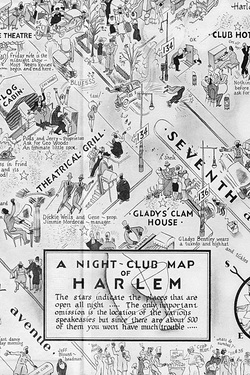
We visit Central Park, so we study Central Park ahead of time. We spend time in Times Square, so we study that too. We visit the World Trade Center, Chinatown and the Lower East Side, so we study them, as well.
One place we visit, that I haven't always devoted enough time to, is Harlem.
For the past several years, one of the highlights of our trip has been visiting the Apollo Theater on 125th St. The students get a tour of the theater, hear stories about its history and even perform on stage. It's really memorable.
Except that our almost entirely white student population has no context to put any of it into.
Yes, we talk about African-American history throughout the year. We watch, discuss and blog about Roots. We discuss Jim Crow, Plessy Vs. Fergusson and segregation. I try really hard to relate how various historical topics - like Immigration or Jacksonian politics relates to African-Americans. But when it comes right down to it, our well-to-do, white students, who live in a homogenous, rural community in New Hampshire don't really have any way to relate to the Black Urban Experience.
So, this year, I decided to tackle the Harlem Renaissance.
After consulting with colleagues much, MUCH smarter than me, I decided to approach the Harlem mini-unit through the theme of "Finding Your Own Voice". The way I see it, what made the Harlem Renaissance so mind-boggling is that a group of people who had never been able to express themselves before, suddenly had the opportunity to do it and the challenge of figuring out what the heck their "voice" was. This is a state of affairs that adolescents can relate to pretty well. They desperately want to communicate SOMETHING, even if they aren't really sure what that is, yet.
I start the mini-unit with this quote:
For generations in the mind of America, the Negro has been more of a formula than a human being – a something to be argued about, condemned or defended, to be “kept down,” or “in his place,” or “helped up,” to be worried with or worried over, harassed or patronized, a social bogey or a social burden.
…The Negro today wishes to be known for what he is, even in his faults and shortcomings
-Alain Locke “Enter the New Negro”, 1925
In class, we discuss the meaning of the passage. Why would someone resent being seen as someone to be "helped up"? What does the phrase "in his place" mean? How do they - the students - feel about being labeled?
I explain to them that the Harlem Renaissance was a beautiful example of a group of people who had never been allowed to express themselves before finding their voice. They weren't even always sure WHAT they were trying to say, but they were changed by the fact that they could try.
So - unfortunately - that raises the question of why African-Americans had not been able to express themselves before this. What was preventing them from expressing who they were?
This is where the discussion get really rough. (Be advised - there are some very, VERY difficult photos below.)
Lynching is a very difficult topic to discuss.
(I found my statistics for this graph here, by the way.)
I explain what a lynching is and emphasized that it is always done outside the law and always publicly - as a demonstration of power. I show my students a series of very graphic, very disturbing photos.
[Please note that this is not done gratuitously. I have spent a year of class-time leading up to this. This is presented in a very particular context and is appropriate as such, but I would be very careful about using these pictures with any students and certainly none that are younger than my 8th graders.]
At this point, my students are pretty depressed. This is tough stuff to discuss and definitely a side of American history that no one likes to think too much about. But the point has to be made that African-Americans hadn't been kept from developing their own voice by snarky comments or subtle social pressure. They were often suppressed by deliberate mob violence.
So, the question I pose to my students is this: What will happen when African-Americans suddenly have an opportunity to express themselves freely?
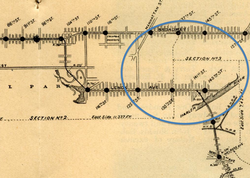
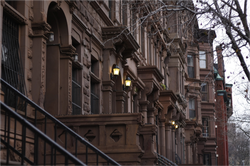
What happened next isn't as straightforward as I present it to my students, but essentially, a small number of affluent African-Americans were allowed to move into Harlem. Almost all African-Americans in New York at the time had been restricted to a not-very-nice area of the West Side known as "Black Bohemia", but there was a small-but-important population of well-off black professionals who were eager to live somewhere nicer. (This is the "Talented Tenth" that W.E.B. Dubois saw as the key to African-American advancement.)
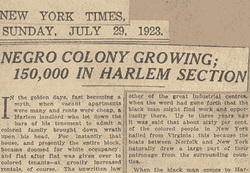
By the early 1920s, Harlem had become a predominantly black city-within-a-city that could start to explore its own culture in a way that had never been available to African-Americans before.
This is where the discussion gets fun.
[A disclaimer - I don't pretend to be an expert about art or jazz and certainly not about poetry, but I am enthusiastic about it, especially jazz. I can't authoritatively tell students why a painting or a poem is good, but I can go into great detail about why I like it so much. I'm kind of an idiot, but an enthusiastic one.]
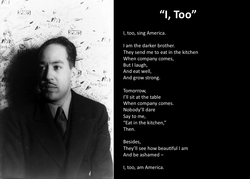
I hope I've done this topic justice.
Your comments and suggestions are, as always welcome.

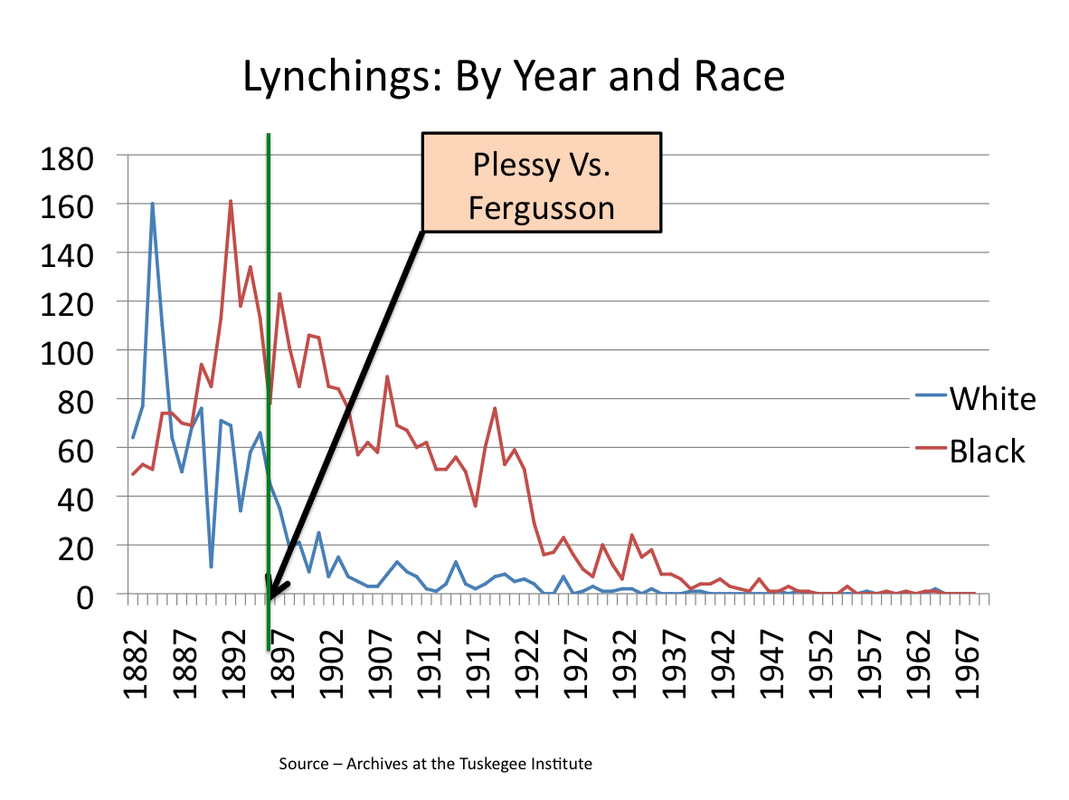
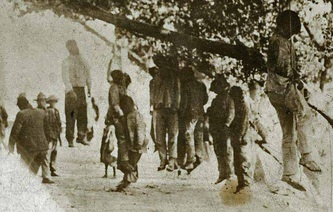
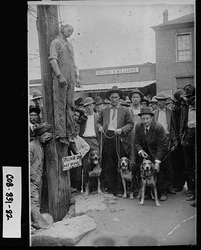
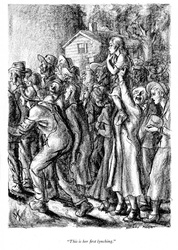
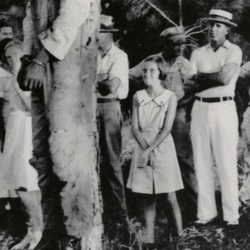
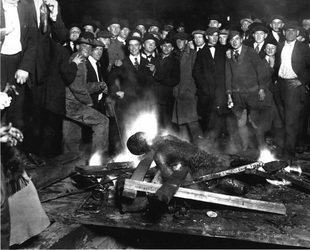

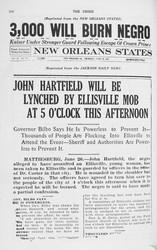
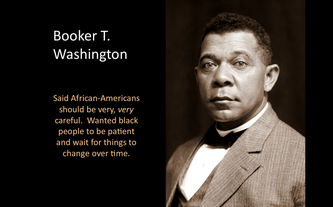
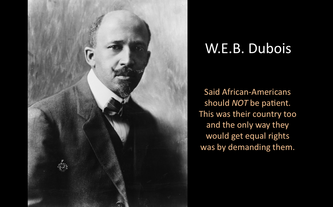
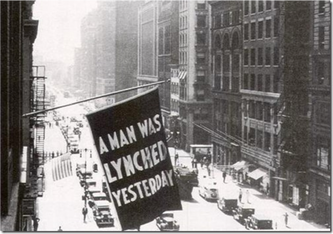
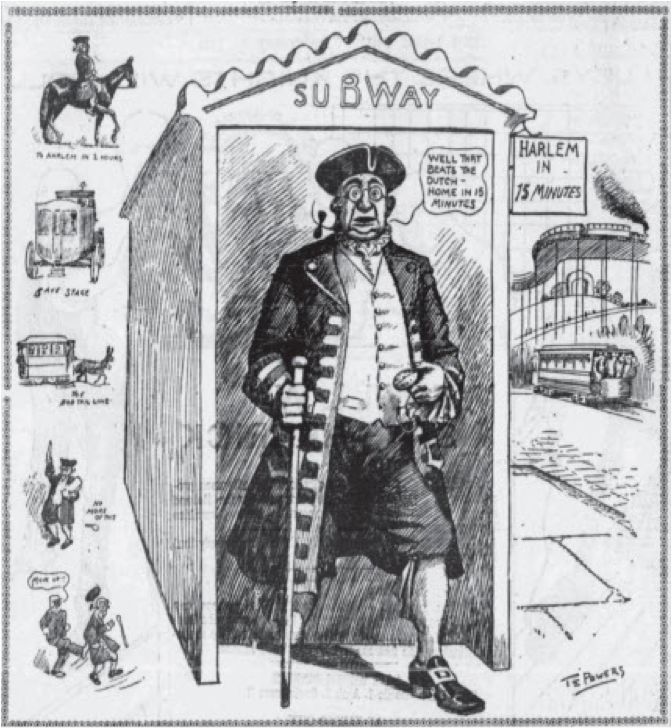
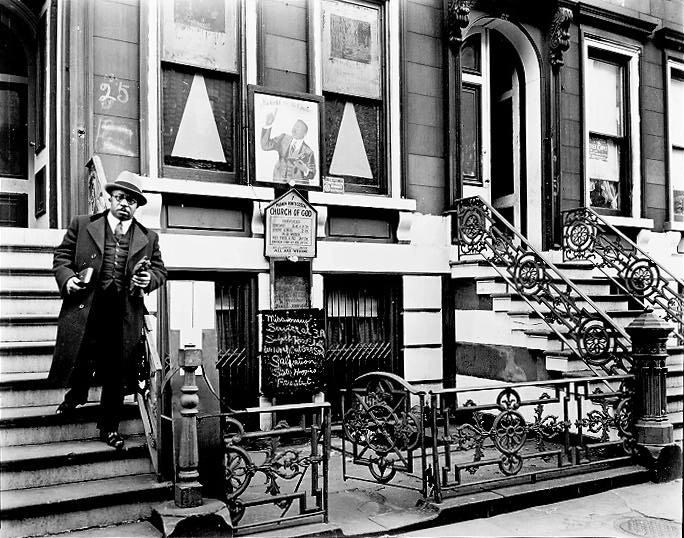
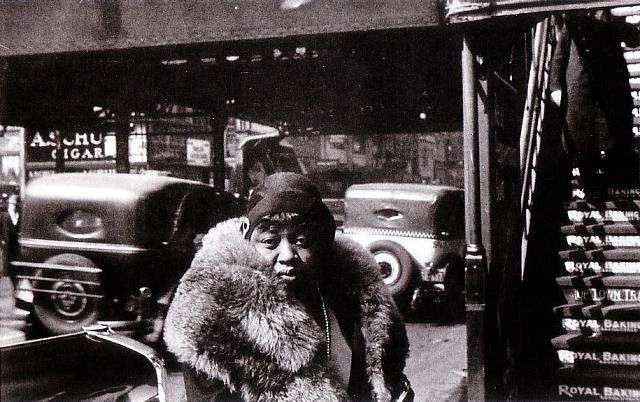
 RSS Feed
RSS Feed